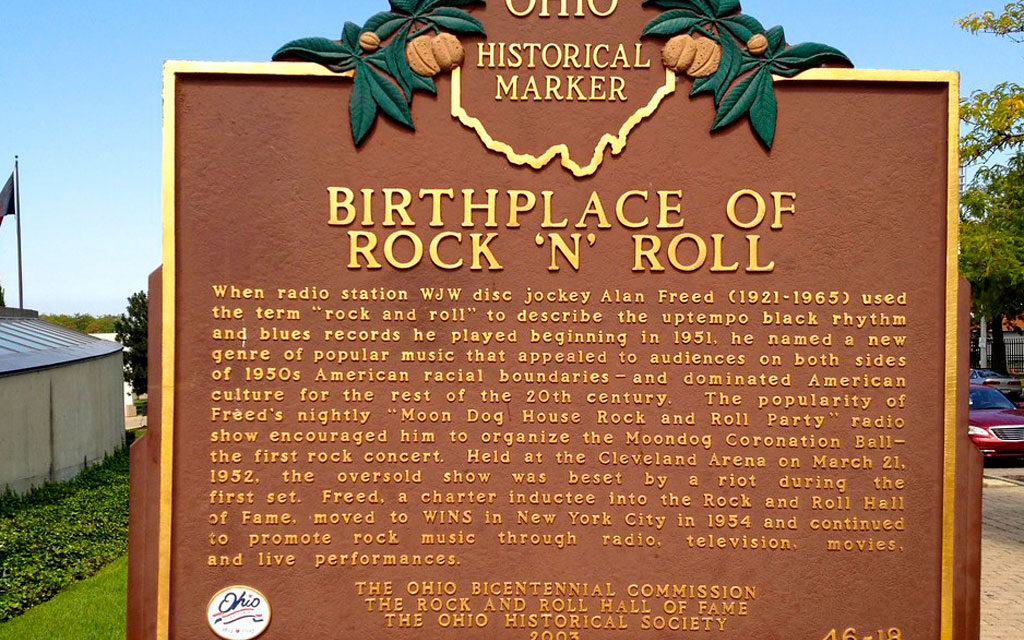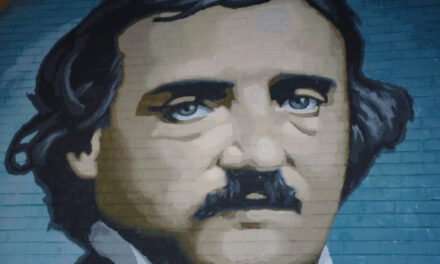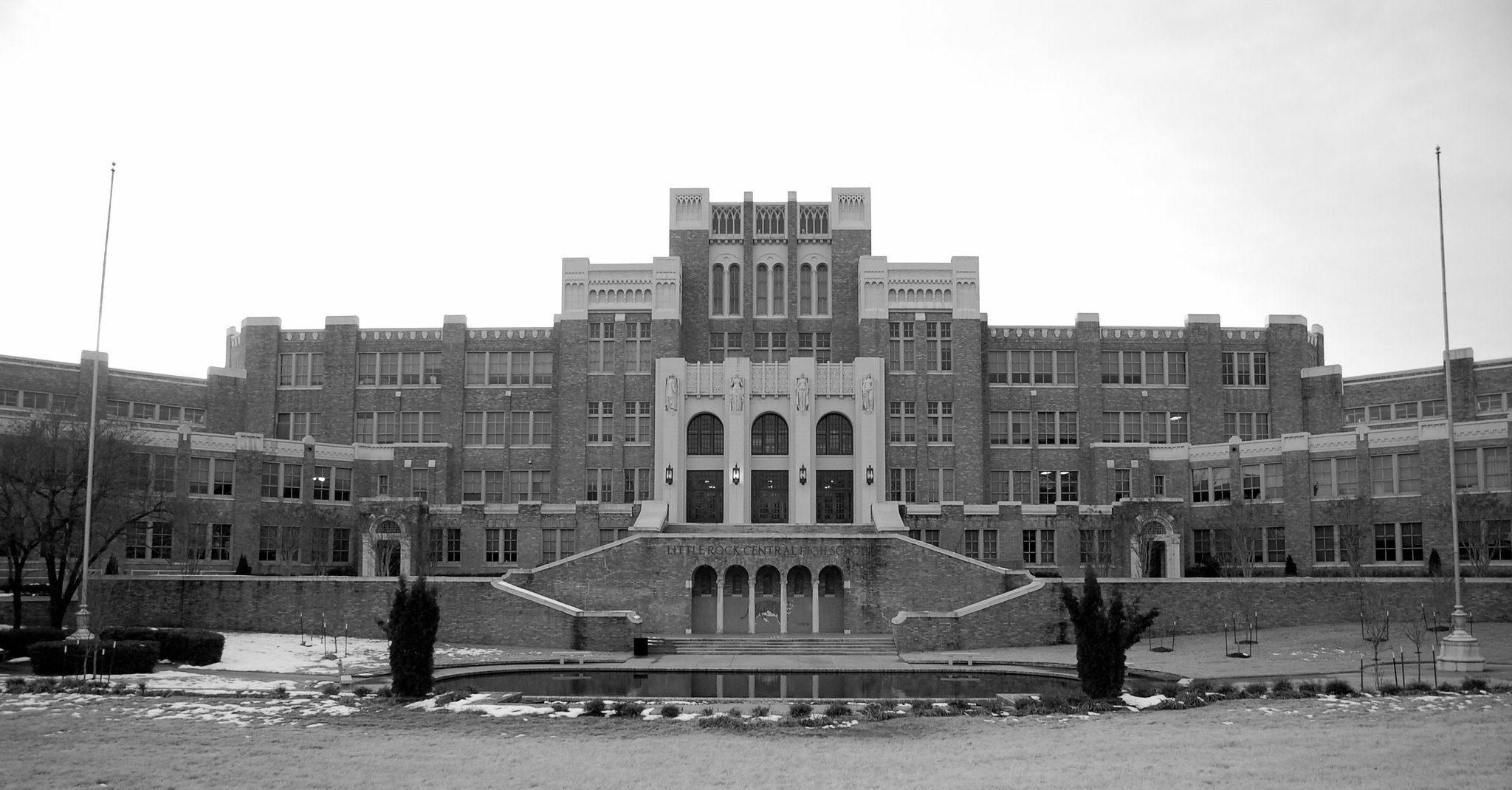CLEVELAND HISTORY
Establishment of the Western Reserve Historical Society (February 17, 1867): This day marks the founding of the Western Reserve Historical Society, one of the oldest cultural institutions in Northeast Ohio. The society was established to preserve and present the history of the entire Western Reserve region and has since become a vital resource for historical research and education in Cleveland.
First Flight from Cleveland Municipal Airport (February 18, 1925): The Cleveland Municipal Airport, now known as Cleveland Hopkins International Airport, witnessed its first flight. This event marked the beginning of commercial air service for the city, paving the way for Cleveland to become a significant hub in the emerging national air travel network.
Cleveland Orchestra’s First International Tour (February 19, 1957): On this date, the Cleveland Orchestra embarked on its first international tour, enhancing its reputation as one of the world’s finest orchestras. The tour was a significant cultural ambassadorship, showcasing Cleveland’s rich musical talent on the global stage.
Opening of the Rock and Roll Hall of Fame (February 21, 1995): The Rock and Roll Hall of Fame opened its doors to the public, cementing Cleveland’s place in the music world. The museum celebrates the history and cultural impact of rock music and has since attracted millions of visitors, boosting local tourism and economy.
Severe Blizzard in Cleveland (February 23, 1968): A record-setting blizzard struck Cleveland, dumping nearly two feet of snow over the region and bringing the city to a standstill. The severe weather event tested the city’s emergency response systems and had lasting impacts on city planning and disaster preparedness.
WORLD HISTORY
Giordano Bruno’s Execution (February 17, 1600): Giordano Bruno was an Italian philosopher, mathematician, and astronomer who was executed for heresy by the Roman Inquisition. His cosmological theories extended the Copernican model, proposing that the universe was infinite and populated with numerous worlds. Bruno’s ideas challenged the theological and scientific frameworks of his time, contributing to the eventual evolution of cosmological theories.
Discovery of Pluto (February 18, 1930): Clyde Tombaugh, an American astronomer, discovered Pluto at the Lowell Observatory in Flagstaff, Arizona, while he was systematically comparing photographic plates to locate moving objects. Initially classified as the ninth planet in our solar system, Pluto’s status was later redefined as a dwarf planet in 2006. The discovery was a significant achievement in astronomy, adding to our understanding of the solar system’s composition.
Battle of Iwo Jima Begins (February 19, 1945): This pivotal WWII battle involved some of the fiercest fighting in the Pacific Campaign. American forces landed on Iwo Jima, a strategically important island due to its airfields. The battle lasted until March and resulted in a high casualty rate but allowed the U.S. military to gain a critical position for the later invasion of Japan. The iconic photograph of soldiers raising the U.S. flag on Mount Suribachi during this battle became a symbol of American perseverance and heroism.
Publication of The Communist Manifesto (February 21, 1848): Karl Marx and Friedrich Engels published “The Communist Manifesto” as a political pamphlet that argued that all human history was defined by class struggles. It presented an analytical approach to the class struggle and the problems of capitalism and the capitalist mode of production, rather than a prediction of communism’s potential future forms. The manifesto is one of the world’s most influential political documents, advocating for the proletariat’s (working class’s) revolution against the bourgeoisie (capitalist class).
Start of the Siege of the Alamo (February 23, 1836): The siege was a pivotal event in the Texas Revolution, where Mexican troops under General Antonio López de Santa Anna besieged the Alamo Mission near San Antonio. Despite being heavily outnumbered, the Texan defenders held the fort for 13 days against the Mexican army. The defenders were ultimately defeated, but “Remember the Alamo” became a rallying cry for Texan independence, which was achieved later that year.






